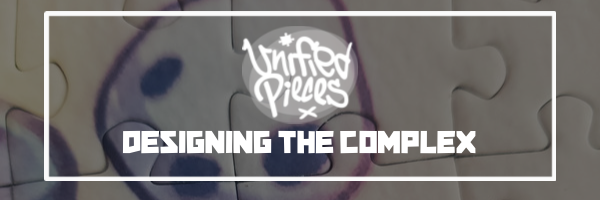At first glance, a jigsaw puzzle might seem straightforward - it’s a picture cut into many tiny pieces that fit together to recreate the original image. However, the process of designing a jigsaw puzzle is far from simple. It’s an intricate art form that balances aesthetics, difficulty, and the physical constraints of puzzle piece manufacturing.
Choosing the Right Image
The first step in designing a jigsaw puzzle is selecting the right image. The picture must be visually appealing and engaging, but also suitable for transforming into a puzzle. Designers consider factors such as color distribution, detail complexity, and image theme to ensure the puzzle will be both challenging and satisfying to complete.
Creating the Cut Design
The next step is creating the cut design – the plan for how the image will be cut into individual pieces. This process involves designing each piece’s shape and how they interlock with one another. The goal is to ensure the pieces fit together snugly but are also diverse enough to make the puzzle interesting.
Balancing Difficulty
One of the greatest challenges in puzzle design is striking the right balance of difficulty. If a puzzle is too easy, it might not engage the user, but if it’s too hard, it could become frustrating. Designers need to ensure there’s a good balance of colors, patterns, and detail levels to keep the puzzle appropriately challenging.
Consideration of Piece Size and Shape
Designers must also consider the size and shape of the pieces. Smaller pieces can increase the puzzle’s difficulty, but they also need to be large enough to handle comfortably. Similarly, the shape of the pieces needs to be diverse enough to be interesting but not so complex that they become difficult to manage.
Ensuring Quality
Lastly, the puzzle design must ensure high quality. This includes ensuring the image is printed clearly and vibrantly, and that the pieces are cut cleanly and fit together well. Designers work closely with manufacturers to ensure the final product meets these quality standards.
In conclusion, designing a jigsaw puzzle is a complex process that combines art, logic, and a deep understanding of what makes a puzzle enjoyable to solve. So, next time you sit down to work on a puzzle, take a moment to appreciate the thought and effort that went into its design.

